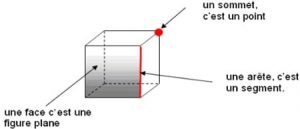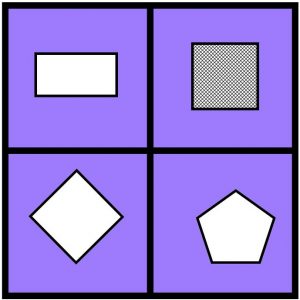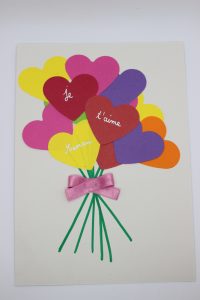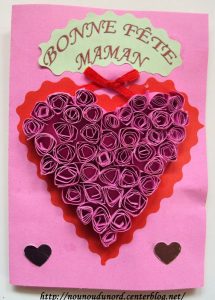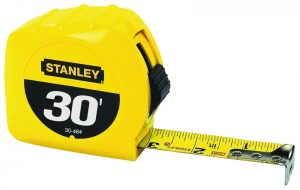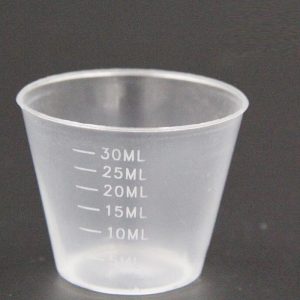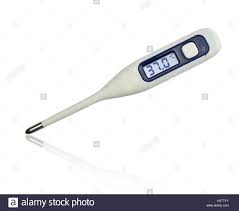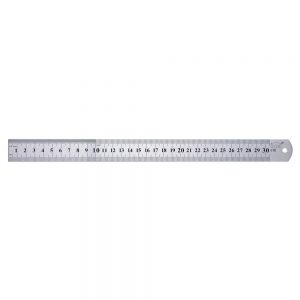Reading
- Continue with your At Home Reading Program through Raz Kids, reading daily in French for a minimum of 10 minutes
- You should receive a letter some time this week. Read your letter 🙂 Read it out loud to someone else in your family.
Dictee #5: “ai”
*pronounced like “eh” (the Canadian way) or sometimes “e” same as in English and SOMETIMES “eye”
- j’ai–I have
- j’aime–I like
- Mais–but
- Je fais–I make/I do
- aider–help
- La maison–the house
- Le travail–work **pronounced “trav-eye”
- Un main–a hand
- Maintenant–now
- Je serais–I will be
*BONUS SENTENCE (optional): J’aime aider et je fais le travail de maison, mais maintenant mon main est fatigué!
1. Vocabulary practice: Create a word search using the vocabulary from this week. If you have a printer, you can use the template below. Add your vocabulary inside the grid then fill in the rest of the squares with random letters. Make sure to include your vocabulary search list on the left side.
*As a challenge, you may add more words containing the same sound.
2. Dictée: Once you have had sufficient practice spelling the words, listen to the audio link and test yourself by writing out the words without looking. If you want a challenge, try the sentence at the end. When you are finished you can compare your words with the spelling list above and make any necessary corrections.
Writing
- Write a letter to respond to the one you received in the mail. Try and answer one or all of the questions. Can you think of any other questions? Please take a picture of your letter and e-mail it to me.
- Try one or both of these vocabulary games:
https://literacycenter.net/play_learn/french-language-games.php#
http://phpstack-386632-1215838.cloudwaysapps.com/litteratout/melimotsjunior_complet/index.html
Optional: l’atelier des histoires – story workshop
Créer une histoire. Pensez à un endroit, des personnages et les évènements. Est-ce qu’il y a un problème et comment se termine l’histoire? Essaie de ton mieux à écrire dans tes propres mots en français.
Make sure you choose a setting, characters and events in your story. Try to write down your story or represent it in another way.
Oral Language
This week we will be having one on one conferences on Zoom. With your child, please decide on a focus point. Choose whether you would like us to work on reading (through Raz Kids), writing, Math, conversation in French or a specific homework assignment. Please sign up for a time that works for your child using the link below.
https://docs.google.com/document/d/1PSprPoSvyNn22-kYwVqbcGsVsw9nBk_DZ2p0D6UOymQ/edit

